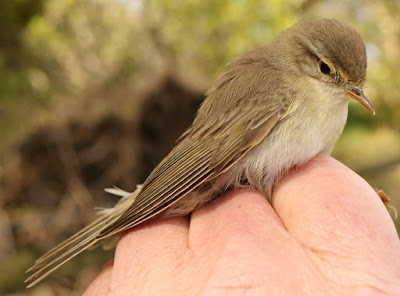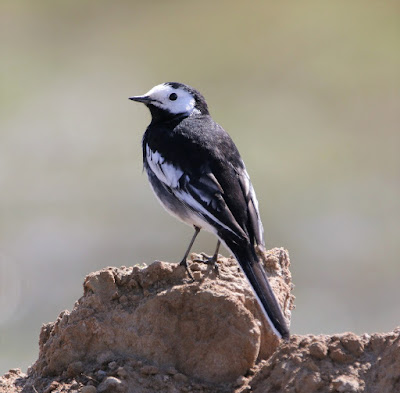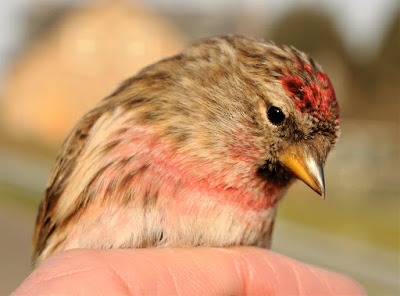Tuesday, May 11, 2021
Quality Not Quantity
Friday, May 7, 2021
A Tale Of Two Halves.
Sunday, May 2, 2021
Mayday, Mayday.
Thursday, April 29, 2021
Winter Woollies
Linking this weekend to Eileen's Blogspot and Anni in Texas.
Sunday, April 25, 2021
No Show
An hour and two on Saturday at our ground zero Pilling/Cockerham ringing site birds proved birds more varied and in higher numbers. By Saturday afternoon temperatures reached the balmy heights of 15 degrees but it felt cool away from sunshine.
The tiny pool held a pair of Canada Geese with four or five youngsters in tow, the goslings so tiny that they were mostly hidden from view in the grassy undergrowth. Also on the pool - 2 Shelduck, 2 Greylag, 3 Tufted Duck, 2 Moorhen, a pair of Little Grebe, a Little Egret, and a single Reed Warbler in raucous song.
Further exploration found 4 Wheatear, 10 Linnet, 4 Pied Wagtail, 1 Yellow Wagtail, 1 Grey Heron, 1 Buzzard. Three pairs of Oystercatcher show all the signs but seemingly they are yet to lay their eggs.
I think we might have a bash at the Sand Martins next week. At least we know there are plenty on site.
Thursday, April 22, 2021
Mostly Waders
Other waders and wildfowl in lesser numbers; 14 Oystercatcher, 7 Redshank, 2 Greenshank, 1 Snipe, 1 Spotted Redshank, 1 Curlew. All the sixes with 6 Shelduck, 6 Tufted Duck, 6 Greylag.
Tuesday, April 20, 2021
Getting Better
- the place (map reference)
- whether the bird is new to us or a subsequent capture – one ringed elsewhere or one ringed by ourselves on a previous occasion
- date of ringing
- time of ringing
- the species
- the species' age and sex
- the species' breeding condition (or not)
- biometric measurements e.g wing, bill, tail, claw
- the weight
- fat score
- moult status

























































.jpg)












